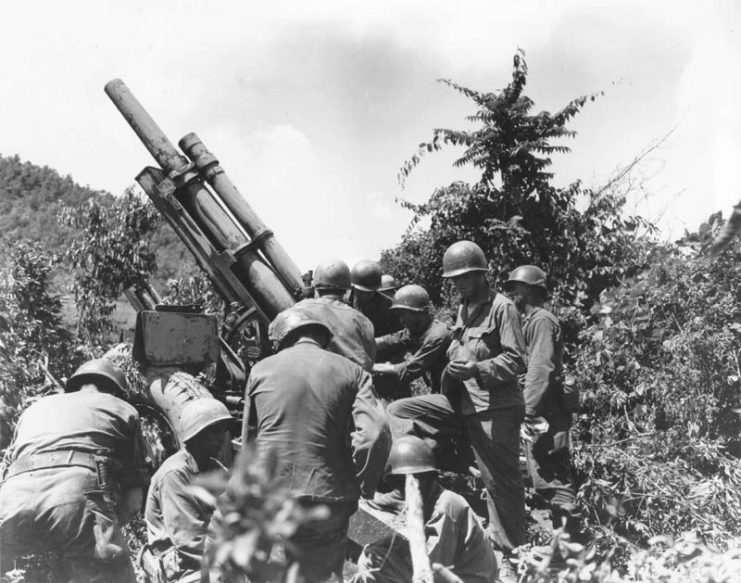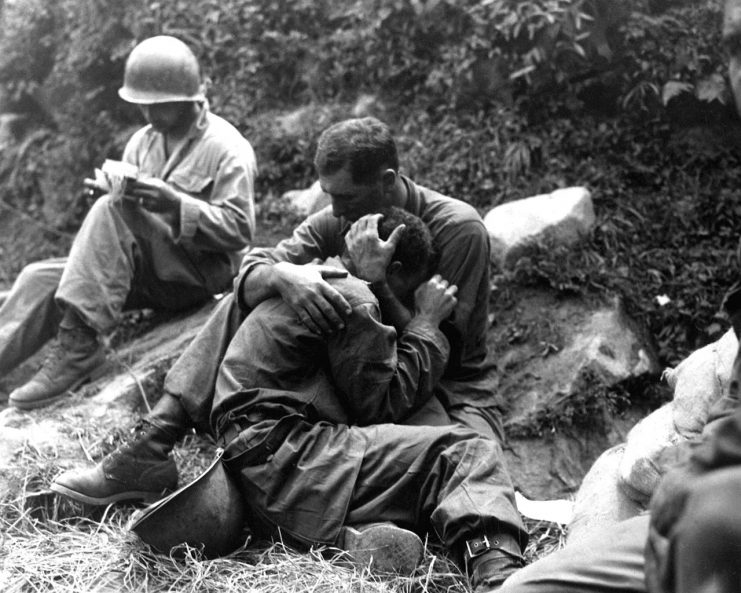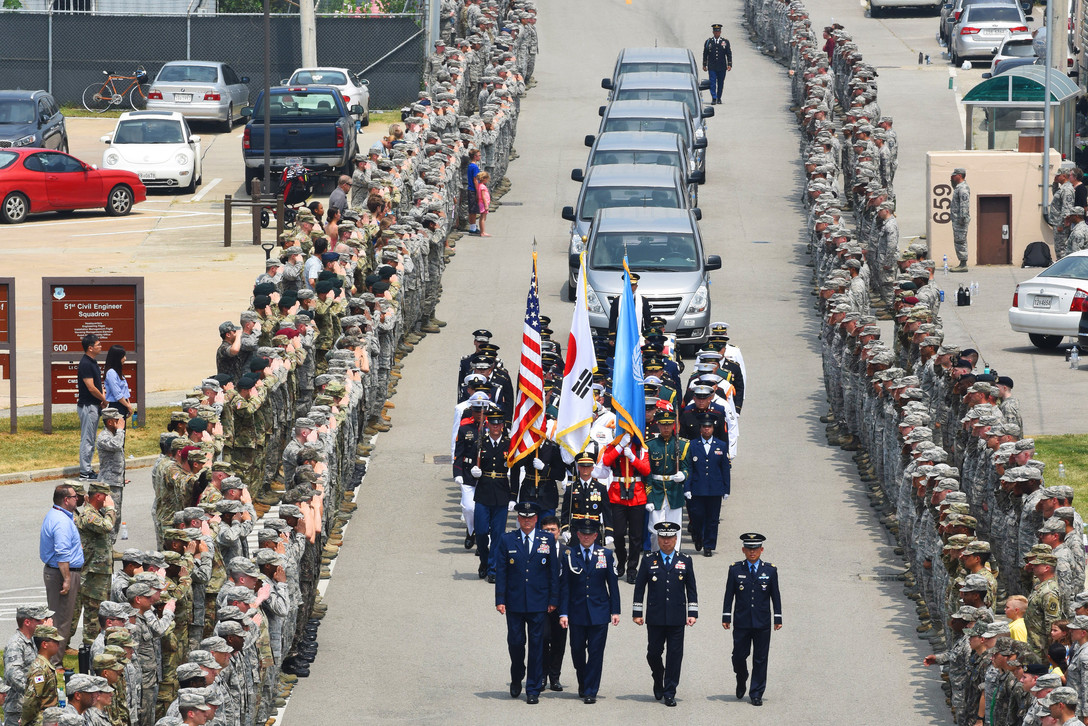The remains of six US service members are on their way back to the United States after a repatriation ceremony at the Osan Air Base in South Korea.
The remains were contained in a single casket which was placed in a Boeing 747 that was chartered for the flight to the Joint Base Pearl Harbor-Hickam in Hawaii.
An honor guard consisting of service members from the US, the Philippines and Thailand carried the casket which was draped with a UN flag.

On the way to Hawaii, the flight made a stop in Japan where the UN flag was replaced with a US flag.
In Hawaii, the remains will be examined by the Defense POW\MIA Accounting Agency (DPAA) to be identified. Authorities are certain that the remains are of US service members due to the location where they were discovered being the sites of battles during the war and also due to artifacts found in the same location.
At the repatriation ceremony, UN Command Chief Chaplain (Col.) David Bowlus prayed that those who had waited for the day their loved ones would be found would find peace in their return to US soil.
The remains were found by the South Korean Ministry of Defense Agency for KIA Recovery and Identification (MAKRI).

According to the DPAA, there are over 7,500 US personnel unaccounted for from the Korean War. Approximately 3,500 of those are believed to be in North Korea.
There is another repatriation ceremony planned for when the remains reach Hawaii. The ceremony will conclude a series of events which commemorate the beginning of the Korean War on June 25, 1950.
Korea was divided into two separate countries following World War II. Prior to the war, the Korean peninsula had been part of the Japanese empire.
After the war, the Soviets and the Americans had to come to terms with how to handle Japanese possessions. In August 1945, to aides at the State Department divided the peninsula at the 38th parallel. The Soviets occupied the northern portion and the Americans occupied the southern part.
The Korean War began with 75,000 North Korean soldiers crossing the border between the Democratic People’s Republic of Korea in the north and the Republic of Korea in the south.
Within a month, US soldiers were deployed to defend South Korea. To the Americans, the war was a fight to prevent the spread of communism. President Harry Truman said that letting Korea down would encourage the Soviets to “keep right on going and swallow up one [place] after another.”
The two sides fought back and forth with no real gains for either side but a mounting loss of life on both sides.
In July 1953, the war ‘ended’ after the Americans aggressively sought an armistice to avoid what they saw as a bigger threat of the war spreading to Russia or China, or possibly turning into World War III.
· Mystery of LCT That Vanished 77 Years ago With 14 Crew on Board Solved
Some refer to the war as the “Forgotten War” because it did not receive the same coverage in the US as the World Wars or the war in Vietnam. Approximately five million soldiers and civilians were killed in the conflict.
